Asim Abu Shakra was born in 1961 in Umm El Fahem, the seventh of ten children in a Muslim family. Despite his limited oeuvre, the Palestinian artist left a mark on the region’s cultural history...
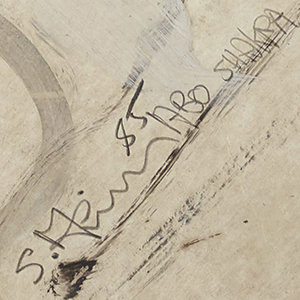

ASIM ABU SHAKRA, Palestine (1961 - 1990)
Bio
Written by WAFA ROZ
Asim Abu Shakra was born in 1961 in Umm El Fahem, the seventh of ten children in a Muslim family. Despite his limited oeuvre, the Palestinian artist left a mark on the region’s cultural history by generating controversy around Palestinian art created in present-day Israel. Abu Shakra completed his secondary education in a Jewish school in Afula, after which he moved to Tel Aviv to pursue his post-secondary studies. Here, he attended Kalisher Art School on a scholarship from 1982 to 1986, where he continued to work as a teaching assistant and drawing instructor following his graduation. He produced his last paintings from a studio on Nahmani Street in Tel Aviv, before succumbing to cancer in 1990 at the age of twenty-nine. Abu Shakra’s legacy is a corpus rich in expressionistic depictions of the cactus, or “sabra”, which has become a nationalistic symbol for both Palestinians and Israelis.
As a Palestinian in Tel Aviv, the young, talented artist struggled to reconcile his Arab identity with his presence in Israeli art circles. In an interview with Ronit Matalon in 1989, Abu Shakra expressed that even in a familiar neighborhood in Tel Aviv, where he had lived for quite a few years, he felt a sense of foreignness. “Asim identified completely with the Palestinian cause,” recalled his Israeli colleague, Ron Gang, in 2003; nevertheless, his lifelong dialogue with Gang and others speaks to the opportunities Tel Aviv provided him for cultural exchange. Furthermore, his affiliation with Tel Aviv artists afforded him access to an international art scene that was beyond the reach of most of his Palestinian contemporaries. During his turbulent years in the Israeli city, which stretched from the Israeli invasion of Lebanon through the first Palestinian intifada, Abu Shakra took refuge in his art, which mirrored and reflected upon the troubled zeitgeist of this period. His poignant 1988 Dogs and Airplanes exemplifies this, depicting two large, spotted creatures howling at a sky abuzz with fighter jets. The animals, fierce and enormous, are nevertheless powerless before the oncoming planes, able only to herald their arrival with their cries.
In these complex geopolitical circumstances, Abu Shakra’s precarious sense of belonging took on political dimensions, colliding with Palestinian nationalism in the form of the cactus. This plant, the “sabra” in Arabic, had been a central subject of Palestinian national art since gaining prominence in the work of Nicolas Saig (1863-1942), and, as a symbol of patience, acquired additional significance in the wake of the Nakba. Following the events of 1948, Zionists appropriated the figure of the “sabra” to represent Jewish citizens born in Israel; it quickly came to represent the tenacious, natural connection between a people and its land for both Palestinians and Israelis. During the second half of the twentieth century, the “sabra” was rendered iconic by Asim’s older cousin, painter Walid Abu Shakra (b.1946). Unlike Walid, who emphasized the specificity of place in his etchings depicting cacti hedges, Asim often painted potted cacti, channeling his feelings of alienation in Tel Aviv into depictions of plants that had been uprooted and isolated. Abu Shakra was fascinated by Alberto Giacometti, and his cacti similarly demonstrated skill and refinement through paradoxically bold, roughly-formed shapes and silhouettes. These canvases, painted in tones of grey and ochre with thorns blooming into yellow and pink flowers, were melancholy, yet they also evoked the interior, private space from which the artist drew hope. Abu Shakra loved the “sabra” for its resilience, noting that the cactus fascinated him “because of its amazing ability to flower out of thorny death.” Because of this capacity for “resurrection,” Abu Shakra’s work frequently made correlations between the “sabra” and Christ, playing into an extant nationalist iconography, developed by Palestinian artists and poets of all religious backgrounds, that drew parallels between the Passion of Christ and the suffering of their people.
The resilience of the “sabra” was especially crucial to Abu Shakra during the last years of his life. Diagnosed with cancer in 1987, he portrayed his determination to survive in the form of the prickly, steadfast plant. His later paintings are marked by intimate spatial relationships and dark color schemes reminiscent of American abstract expressionist Ad Reinhardt. The illness ultimately took his life, however, and after his untimely death, both Israelis and Palestinians have rushed to claim him as their own. The artist’s sensitive use of color and gestural applications of paint – which he often threw on the canvas or smudged with his hands – recall a lyrical abstraction harmonious with the work of Israeli artists such as Yehezkel Streichman, Moshe Kupferman, and David Reeb. The aesthetics of the “sabra” and its nationalistic elements helped his work to be easily understood and appropriated by Israeli viewers. Meanwhile, the cactus has become a symbol of “sumud”, or steadfastness, to Palestinians, who see it as a symbol of indigenous rootedness and a refusal to give up their land. The feelings of alienation and non-belonging expressed in Abu Shakra’s work are familiar to many exiled or internally displaced Palestinians, who see the claim staked on his work by Israel to be another form of cultural occupation.
Asim Abu Shakra left behind a small corpus of works, most of which are not visibly signed. Kamal Boullata has suggested that the absence of the artist’s name reflects a kind of reverence for his subject matter, in the way that a Christian icon painter would efface his name out of respect for the saints he depicted.
Sources
Boullata, Kamal, Palestinian Art From 1850 to Present (1850-2005).London, San Francisco, Beirut: SAQI 2009. 182-203
Ben Zvi, Tal.“Landscape Representations in Palestinian Art and Israeli Art Discourse_ The Case of Asim Abu Shaqra”.Journal of Levantine Studies Web.https://levantine-journal.org/... (accessed October 10,2017)
Tamir, Tally.“The Shadow of Foreignness: On the Paintings of Asim Abu-Shakra”. Palestine-Israel Journal Web.http://www.pij.org/details.php... (accessed October 10, 2017).
Gang, Ron. “In Memory of Asim Abu Shakra”.The Art of Ron Gang Web.http://www.iarc.org/~4x1mk/asi... (accessed October 11,2017).
Freilich, Toby Perl. “Crossing Borders in Palestinian Contemporary Art”. Forward Web.http://forward.com/culture/art... October 11, 2017).
Levin, Angela. “Mintara Al Batten – Walid Abu Shakra”.Midnight East Web.http://www.midnighteast.com/ma... (accessed October 11,2017).
Armen, Rosen. “DC Gets Rare Glimpse at Celebrated Israeli – Arab Painter’s Masterworks” Tablemat Web.http://www.tabletmag.com/scrol... (accessed October 12,2017).
Buganim, Eitan.” The Palestinian sabra: After his death, an Artist's Legacy is Up for Grabs “Arts& Leisure - Haaretz.Web.https://www.haaretz.com/israel... (accessed October 12,2017)
Information Center for Israeli Art, The Israel Museum, Jerusalem.Web http://museum.imj.org.il/artce... October 13,2017)
Exhibition, “Coexistence” Museum on The Seam. Mots.org.il Web.http://www.coexistence.art.mus... (accessed October 16 ,2017).
Auctions, Mutual Art Web. https://www.mutualart.com/Artw... (accessed October 16, 2017)
CV
Selected Solo Exhibitions
2019
Solo Exhibition, Um El Fahem Art Gallery, Um El Fahem, Occupied Palestine
2013
Asim Abu Shaqra, Chelouche Gallery for Contemporary Art, Tel Aviv, Occupied Palestine
2008
Assem Abu Shakra, Selected Works, Golconda Fine Art, Inc., Tel Aviv, Occupied Palestine
1994
Art Focus - Abu Shakra Asam, Tel Aviv Museum, Tel Aviv, Occupied Palestine
Asim Abu-Shakra, Tel Aviv Museum of Art, Helena Rubinstein Pavilion, Tel Aviv, Occupied Palestine
1991
Issam Abu-Shakra Memorial, Israel Museum, Jerusalem, Occupied Palestine
1990
Solo Exhibition, Cabri Gallery, Kibbutz Cabri, Occupied Palestine
1989
Paintings, Rap Art Gallery Rap Art Gallery, Tel Aviv, Occupied Palestine
1988
Paintings, Rap Art Gallery, Tel Aviv, Occupied Palestine
1987
Assem Abu Shakra, Selected Works, Golconda Fine Art, Inc., Tel Aviv, Occupied Palestine
Selected Group Exhibitions
2023
The Little Prince of Gaza, Dalloul Art Foundation, Beirut, Lebanon
Spirit of Man, Spirit of Place, Mishkan Museum of Art / Museum of Art Ein Harod, Ein Harod, Occupied Palestine
Parallel Histories, Sharjah Art Museum, Sharjah, United Arab Emirates
2022
Splendid Isolation, S.M.A.K. Ghent, Gent, Belgium
Memory Sews Together Events That Hadn’t Previously Met, Sharjah Art Museum, Sharjah, United Arab Emirates
2018
All in the Family: Family Legacy in Israeli ArtSenate Gallery, George Shrut Visitors Center, Ben-Gurion University of the Negev, Beer Sheva, Occupied Palestine
The Map: Reading Between the Lines, Eretz Israel Museum, Tel Aviv, Occupied Palestine
A Century in Flux, Sharjah Art Museum, Sharjah, United Arab Emirates
2017
The Other Side, Chelouche Gallery for Contemporary Art, Tel Aviv, Occupied Palestine
Repositioning: Old Objects, New Artworks, L.A. Mayer Museum for Islamic Art, Jerusalem, Occupied Palestine
Chefs-D’oeuvre De L’art Moderne Et Contemporain Arabe, presented by Barjeel Art Foundation at the Institut du Monde Arabe, Paris, France
Between Two Rounds Of Fire, The Exile Of The Sea, presented by The Barjeel Art Foundation at the American University Museum at the Katzen Arts Center, Washington DC, US
2016
Home Ground, Barjeel Art Foundation, Sharjah, UAE
The Sea Suspended: Arab Modernism from the Barjeel Collection, Tehran Museum Of Contemporary Art, Tehran, Iran
2015
Israeli Art: The Renewed Collection Galleries, Israel Museum, Jerusalem, Occupied Palestine
Walls and Margins, Barjeel Art Foundation, Sharjah, UAE
2014
Group Exhibition, Contemporaryby Golconda, Tel Aviv, Occupied Palestine
THE MUSEUM PRESENTS ITSELF: Israeli Art from the Museum Collection, Tel Aviv Museum of Art, Occupied Palestine
2008
Check-Post, Art in Israel in the 1980s,Haifa Museum of Art, Haifa, Occupied Palestine
Eventually We'll Die, Young Art in Israel of the Nineties, Herzliya Museum of Art, Yad-Labanim, Herzliya, Occupied Palestine
2005
DeadEnd, Museum on the Seam, Jerusalem, Occupied Palestine
The Orange Segments, Umm el-Fahem Art Gallery, Occupied Palestine
2002
Views - Israeli Art from the CollectionIsrael Museum, Jerusalem, Occupied Palestine
2001
Armory Show, Tel Aviv Museum of Art, Tel Aviv, Occupied Palestine
2000
Asam Abu Shakra, Tsibi Geva - Molds of Their Homeland, Julie M. Gallery, Tel Aviv, Occupied Palestine
Molds of Their Homeland, Symbols of Identity in the Works of Asam Abu Shakra and Tsibi Geva, Avraham Baron Gallery, Beer Sheva, Occupied Palestine
Life, Municipal Gallery, Kfar Saba, Occupied Palestine
1999
Group Exhibition, Givatayim Theatre, Givatayim, Occupied Palestine
Abu Shakra- Personal images, Kiryat Ha'Omanim Gallery, Tivon, Occupied Palestine
1998
Desert Cliché: Israel Now - Local Images,New York University, New York, USA
Bamot - Über die Erstellung: Zerschlagung und Restaurierung von Höhenheiligtümern, Israel 1948-1998, Jewish Museum Vienna, Vienna, Austria
Desert Cliche: Israel Now-Local Images, Nexus-Contemporary art center, Atlanta, USA
To the East - Orientalism in the Arts in Israel,Israel Museum, Jerusalem, Occupied Palestine
Desert Cliche: Israel Now-Local Images, Yerba Buena Center for the Arts, San Francisco, USA
1997
Group Exhibition,Umm el-Fahem Art Gallery, Jerusalem, Occupied Palestine
Tribute to the Late Asem abu Shakra and to Ibrahim Novani, Um El Fahem Art Gallery, Um El Fahem, , Occupied Palestine
1996
Between Light & Darkness, Mishkan Museum of Art, Kibbutz Ein Harod, Occupied Palestine
Windows: Glimpses of Seven Themes in Israeli Art,Israel Museum, Jerusalem, Occupied Palestine
Group Exhibition, Um El Fahem Art Gallery, Um El Fahem, Jerusalem, Occupied Palestine
Desert Cliche, Israel Now - Local Images, Arad Museum, Arad, Occupied Palestine
1994
Art Focus - A Hall of Mirrors, New Art Studio, Rishon Le Zion, Occupied Palestine
1993
Locus-Contemporary Art from Israel,Fisher Gallery, University of Southern California, Los Angeles, Los Angeles, USA
1991
Leaves, Artists' House, Jerusalem, Occupied Palestine
1988
Still Life, Traveling Exhibition, Occupied Palestine
Paintings, Rap Art Gallery, Tel Aviv, Occupied Palestine
Awards & Honors
1983 -
1984
Kalisher School of Art Tel Aviv, Scholarship
1989
The America – Israel Cultural Foundation, Sharett Fund Scholarship
The Margoshilsky School of Art , Scholarship, The Tel Aviv School of Art,Tel Aviv-Yaffo
Publications
Asim Abu Shaqra-Artist Book-2013-Charta Publishing, Milan.
Palestinian Art From 1850 to the Present–Kamal Boullata
Collections
Barjeel Art Foundation, Sharjah, UAE
Ramzi and Saeda Dalloul Art Foundation, Beirut, Lebanon
Jonathan Kolber Collection, Occupied Palestine
Barjeel Art Foundation, Sharjah, UAE
Tel Aviv Museum, Occupied Palestine
Israel Museum, Occupied Palestine
Documents
"ASIM ABU SHAQRA: THE ARTIST’S EYE AND THE CACTUS TREE"
Kamal Boullata
Journal of Palestine Studies , Vol. 30, No. 4 pp. 68-82, English, 2001
Landscape Representations in Palestinian Art and Israeli Art Discourse: The Case of Asim Abu Shaqra
Tal Ben Zvi
"Journal of Levantine Studies Landscape Representations in Palestinian Art and Israeli Art Vol. 3, No. 2, Winter 2013, pp. 99-128", English, 2013
Permission to paint: Palestinian art and the colonial encounter
Joseph Massad
Art Journal, Fall, 2007, English, 2007
p.8
"الشوكة والزهرة في لوحات عاصم أبو شقرة"
زكريا محمد
مجلة الد ا رسات الفلسطينية، المجلد 13 ، العدد 52 (خريف 2002 )، ص 149, Arabic, 2002
Signes de terre - Asim Abu Shakra
Itzhak Goldberg
Musee Galerie de la seita, French, 1996
Exhibition Catalog
Press
The Rebranding of Umm alFahm
Shoshana London Sappir
hadassahmagazine.org, English, 2010
Artists lifting the veil
LAUREN GELFOND FELDINGER
jpost.com, English, 2008
The Palestinian Sabra: After His Death, an Artist's Legacy Is Up for Grabs
Eitan Buganim
haaretz.com, English, 2013
ASIM ABU SHAKRA Artwork
Become a Member
Join us in our endless discovery of modern and contemporary Arab art
Become a Member
Get updates from DAF
Follow Artists
Save your favourite Artworks
Share your perspectives on Artworks
Be part of our community
It's Free!
We value your privacy
TermsCookiesPrivacy Policies
Become a Member
Get updates from DAF
Follow Artists
Save your favourite Artworks
Share your perspectives on Artworks
Be part of our community
It's Free!
We value your privacy
TermsCookiesPrivacy Policies
Become a Member
Get updates from DAF
Follow Artists
Save your favourite Artworks
Share your perspectives on Artworks
Be part of our community
It's Free!
We value your privacy
TermsCookiesPrivacy Policies
Welcome to the Dalloul Art Foundation
Thank you for joining our community
If you have entered your email to become a member of the Dalloul Art Foundation, please click the button below to confirm your email and agree to our Terms, Cookie & Privacy policies.
We value your privacy, see how
Become a Member
Get updates from DAF
Follow Artists
Save your favourite Artworks
Share your perspectives on Artworks
Be part of our community
It's Free!
We value your privacy
TermsCookiesPrivacy Policies


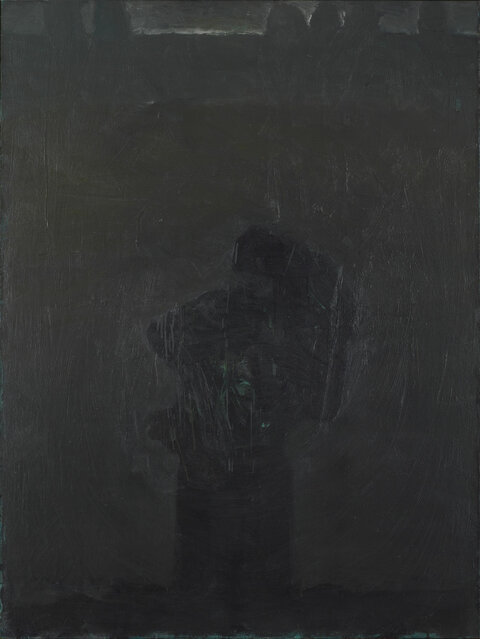

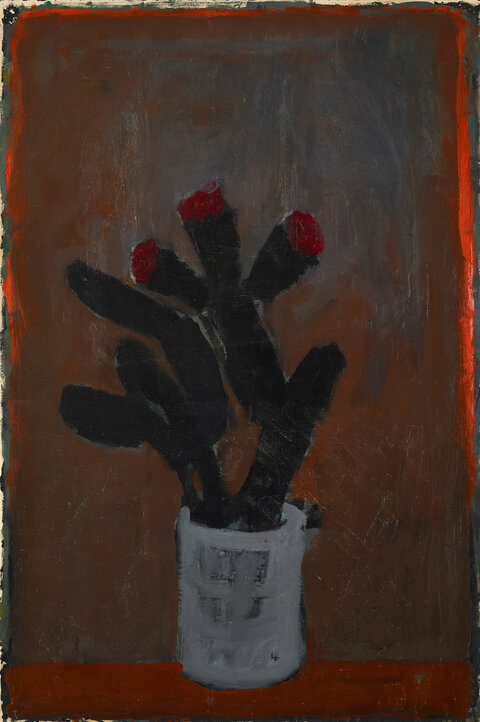
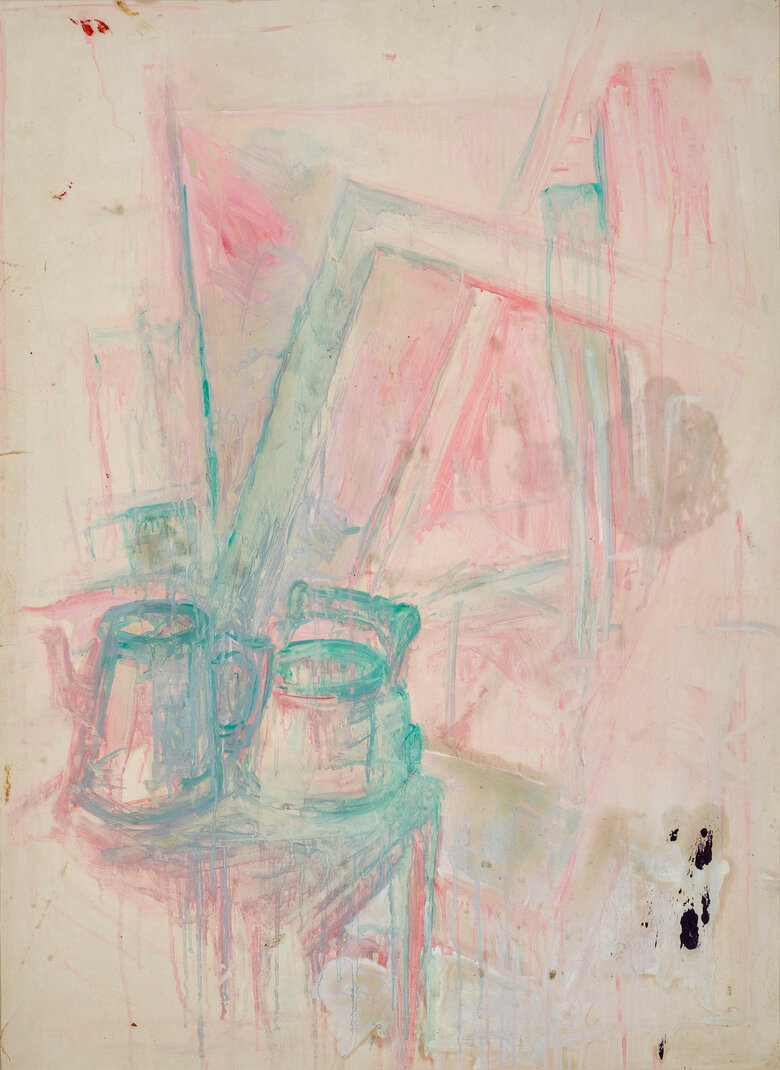

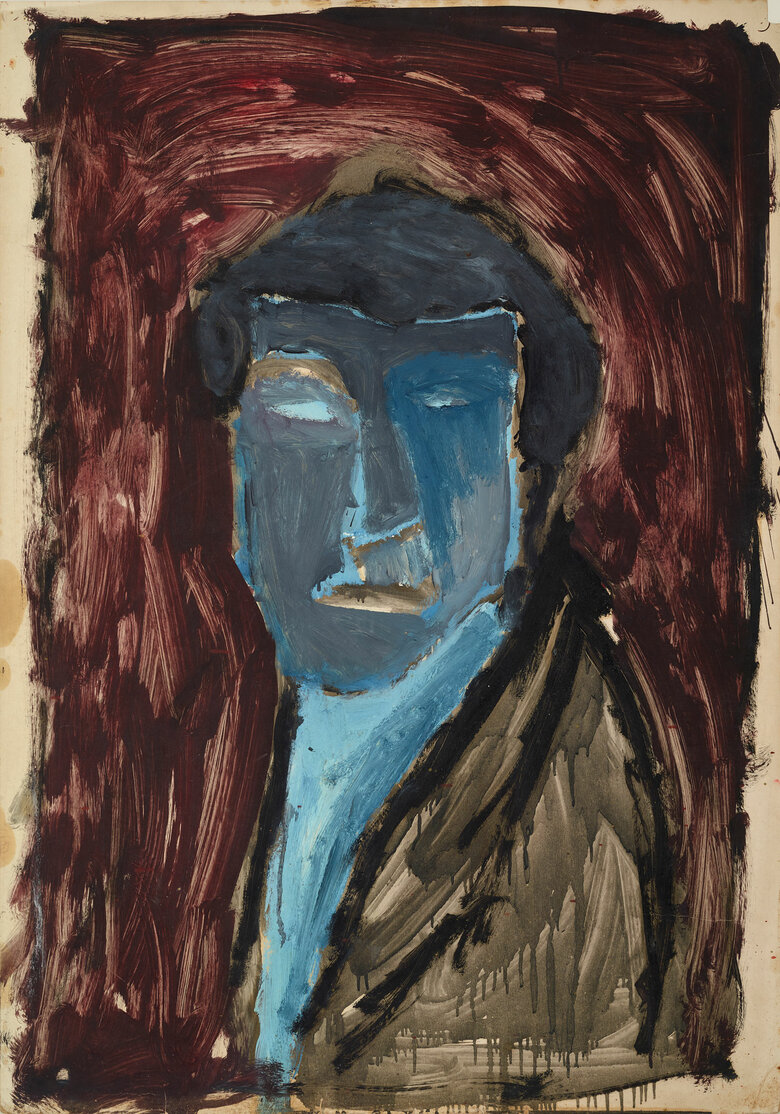

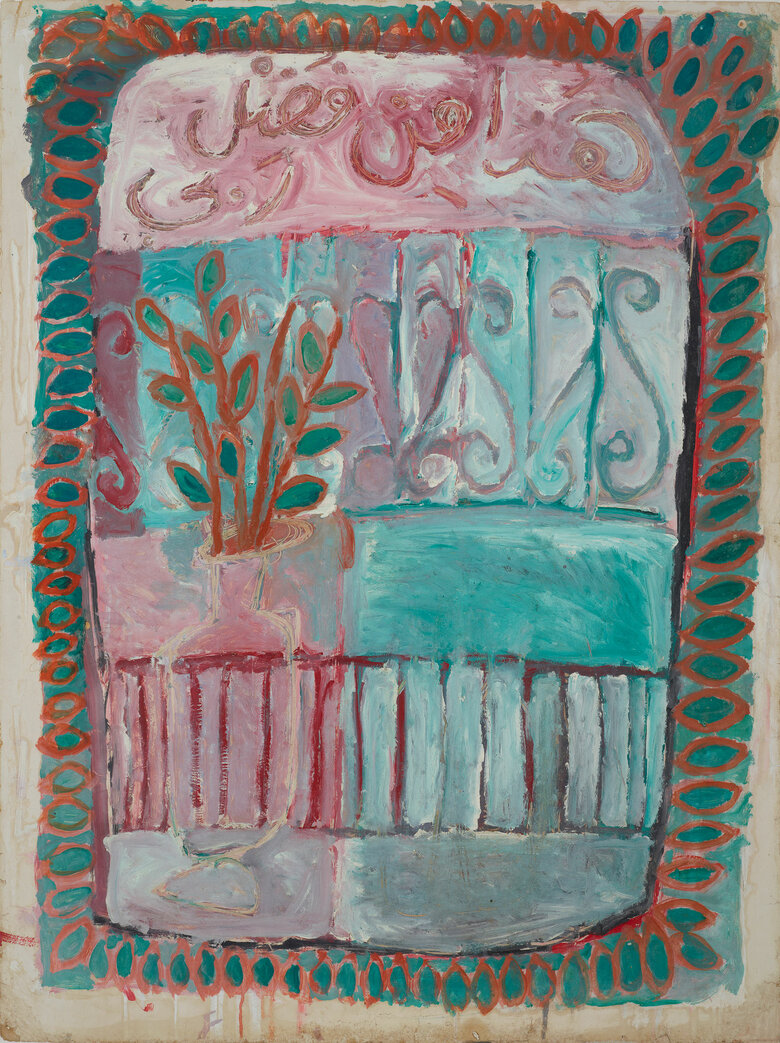


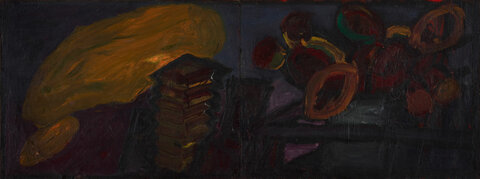
_AsimAbouShakra_Front.jpg)

